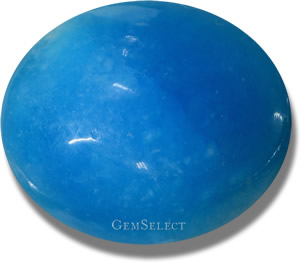Frequently Asked Questions (FAQ) / Gem Names end in "ite" |
Why do so many gemstone names end in "ite"?

The suffix 'ite', is derived from the Greek word, 'lithos', which means 'rock' or 'stone' (the adjectival form of 'litho's is '-ites'). The International Mineralogical Association's Commission on New Minerals, Nomenclature and Classification publishes strict guidelines for the naming of new minerals, as well as the renaming of existing ones. Thus, it is a convention in the world of gems that all new minerals must be given names which end with an 'ite' suffix. However, when it comes to gemstone names (not minerals), they do not always end in 'ite'. But all official gemstone trade names must still be approved by regulation, just as minerals do. In the case of gemstones, it is the CIBJO that regulates the naming of gemstone types, so as to avoid sellers intentionally trading gems under misleading names, such as 'sunset ruby', 'green amethyst' or 'smoky topaz' for example.
Return to FAQ HOME |
